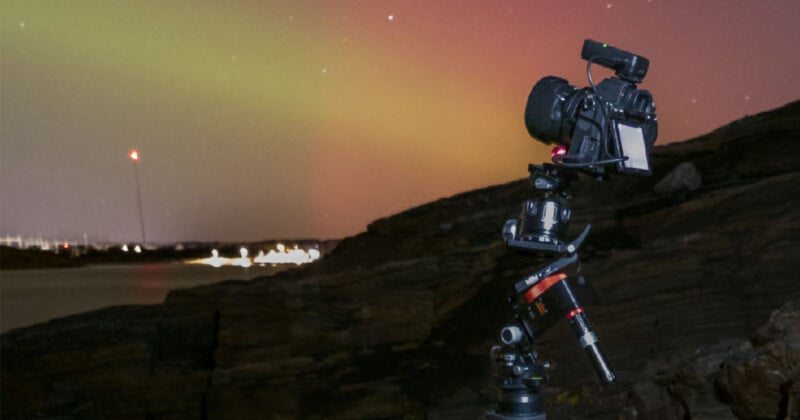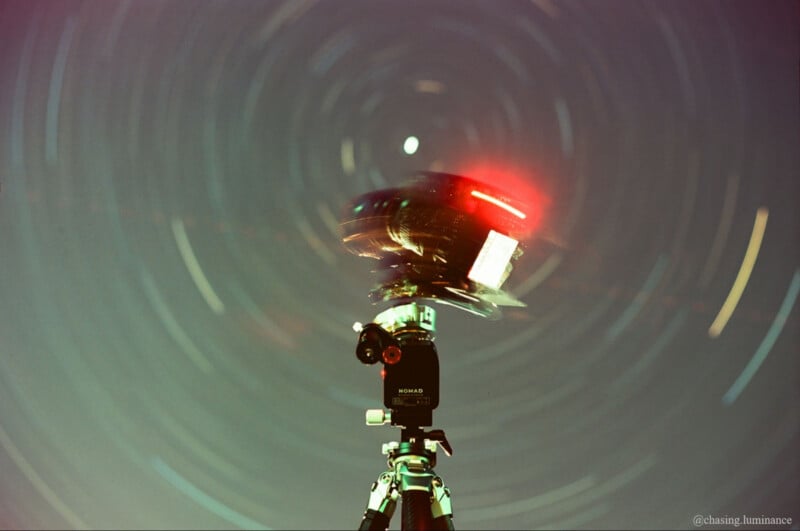Move Shoot Move’s Nomad Star Tracker Promises to Improve Your Astrophotography
![]()
Astrophotography gear company Move Shoot Move’s (MSM) Nomad star tracker aims to be an accessible solution for budding night sky photographers looking to take their deep-sky photography to the next level.
Move Shoot Move says the Nomad tracker is built in response to user feedback and the company’s desire to deliver the “easiest-to-use, most portable, inexpensive star tracker.” To cater to complete beginners, the Nomad is designed to be very easy to set up and use. However, experienced astrophotographers are not left in the dark (even if they do really like the dark), as Move Shoot Move promises that the Nomad is relatively portable and travel-friendly compared to the competition.
![]()
The Nomad weighs just 0.95 pounds (430 grams) with its rechargeable battery included. The device, which mounts between the user’s tripod and their camera, can support up to 7.7 pounds (3.5 kilograms) of equipment, making it plenty robust enough to handle the majority of astrophotography setups including full-frame cameras and fast prime lenses.
The Nomad is not Move Shoot Move’s first foray into the astrophotography space. The company previously made the MSM Rotator. MSM says the Nomad is vastly superior, thanks to improved attachment points, a higher load capacity, simplified usability, a more portable design, and better star tracking performance. The MSM Rotator may still be the superior option for certain specific applications, including night sky timelapses, although the Nomad can work for those, too.
As mentioned, the MSM Nomad is primarily built for star tracking. Star trackers are an essential piece of gear for advanced astrophotography because the Earth’s rotation, which is seldom an issue during daytime photography, significantly impacts long-exposure night sky photography. Even with a fast wide-angle lens, the required shutter speeds to get good, relatively low-noise night sky shots often result in stars looking less like pinpoints and more like streaks. The issue is exacerbated when using the longer lenses required to capture deep-sky astro photos.

The solution is star trackers, which precisely move a photographer’s camera setup in perfect alignment with the Earth’s rotation. Once set up, which MSM says is easy with the Nomad, photographers will be able to capture sharp photos of pinpoint stars even when using extremely long exposure times — minutes to even hours long.

Pricing and Availability
The Move Shoot Move Nomad is about $285 in a “starter kit” configuration that comes with the Nomad, a ballhead, and a calibrated pointer. A kit that trades out the ballhead for a polar scope is $340. There are many different options available, including ones designed for smartphone photographers, featured on Move Shoot Move’s website.
Image credits: Header photo features an image by @astrorms. All images provided by Move Shoot Move.